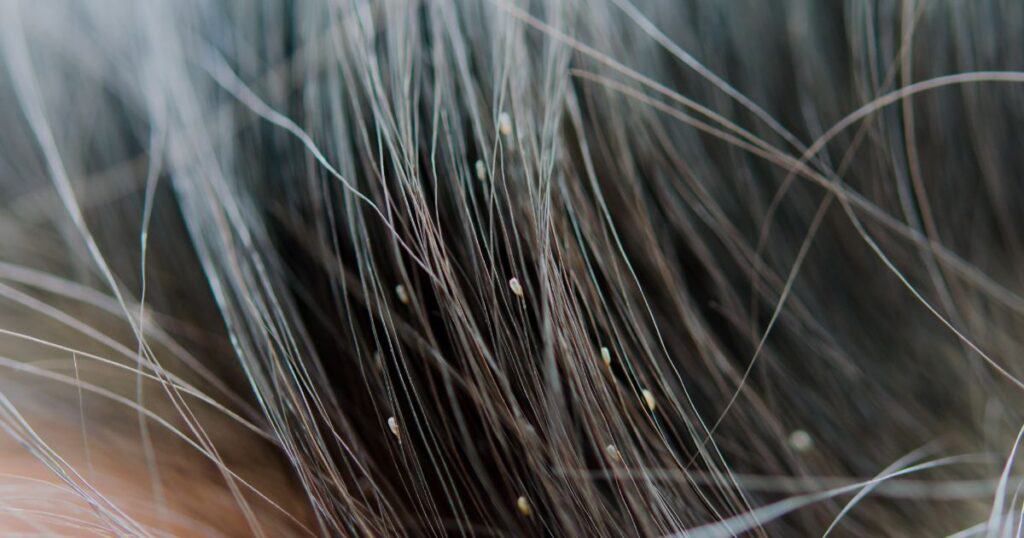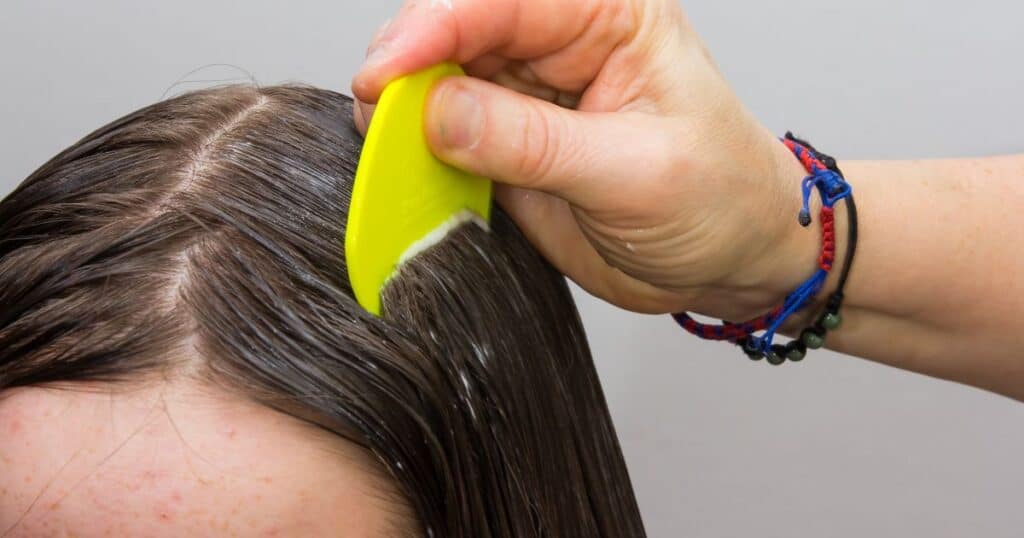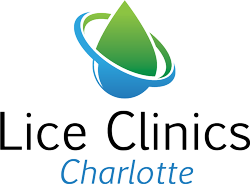How to Tell if You Have Lice by Yourself
Did you know that each year in the United States, an estimated 6 to 12 million children between the ages of 3 and 11 experience head lice infestations? This common condition affects many households, especially those with school-aged children. Understanding how to tell if you have lice by yourself is essential for early detection and treatment.
Self-diagnosis of head lice doesn’t require professional medical tools or expertise. With a few simple steps, anyone can check for lice effectively at home. Learning to spot the signs of head lice early can help manage and treat an infestation before it spreads, ensuring that your household remains healthy and lice-free.

Lice Life Cycle
Understanding the life cycle of head lice is crucial for effective detection and management.
Egg Stage
The cycle begins with the egg stage, known as nits, which are laid by adult lice close to the scalp on hair strands. Nits are tiny and oval and usually blend in with the hair color, making them difficult to spot. They typically hatch within about 8 to 9 days, depending on environmental conditions such as temperature and humidity.
Nymph Stage
Once hatched, the lice progress into the nymph phase. These young lice undergo three developmental stages over roughly 7 to 10 days, during which they repeatedly molt to accommodate their growing size. Nymphs look similar to adult lice but are noticeably smaller.
Adult Lice
Finally, nymphs mature into adult lice. Adult lice are about the size of a sesame seed and are tan to grayish-white in color. They can live on the scalp for up to 30 days, during which they feed on human blood several times daily. Female adult lice are capable of laying up to six eggs per day, perpetuating the infestation cycle unless treated effectively.
Signs and Symptoms of Lice Infestation
If you’re wondering how to tell if you have lice by yourself, knowing the signs and symptoms of a lice infestation is the first crucial step. Here’s what to look out for:
Initial Signs
The journey begins with an unmissable tickling sensation, often described as something moving or crawling on your scalp. This feeling is typically caused by the movement of lice as they navigate through your hair. Another immediate sign is itching, which stems from an allergic reaction to the lice bites. It’s not just a slight itch; it can become quite persistent and intense, especially at night.
Visual Symptoms
Visually, the most definitive evidence of a lice infestation is the presence of nits. Nits are lice eggs that appear tiny and oval. They are often yellow or white and are found securely glued to the hair shaft close to the scalp. They are particularly visible around the ears and the neckline. If you see these tiny specks, you’re likely looking at a developing lice problem.
Physical Indicators
Physical signs include small red bumps or sores on the scalp, neck, and shoulders. These bumps result from scratching due to the intense itchiness. Repeated scratching can lead to secondary infections, making timely detection and treatment even more important.

Self-Checking Steps for Head Lice
Detecting head lice early is crucial, and you can effectively conduct a self-diagnosis of head lice at home with the right tools and approach. Here’s a detailed guide on the steps to check for head lice:
Preparation
- Arrange two mirrors to allow a clear view of both the front and back of your head, particularly focusing on the neck and behind the ears.
- Ensure the area is well-lit, as good lighting is essential for spotting lice and nits.
- Gather your tools: A fine-tooth comb or lice comb, a magnifying glass, and disposable gloves.
Wetting the Hair
Before starting, wet your hair thoroughly. This step slows down the movement of lice, making them easier to spot and less likely to escape during the examination.
Combing and Sectioning
- Sit under the bright light and begin to comb your hair outward from one section to another. Use the mirrors to check both the front and back sections of your scalp.
- Focus on common areas where lice are found: The scalp along the hair parts, behind both ears, and at the back of the neck.
Identifying Lice and Nits
- Look for adult lice, which are light brown and the size of sesame seeds and move quickly across the scalp.
- Search for nits, which are lice eggs attached to the hair strands close to the scalp. Unhatched nits appear yellow or brown, while hatched shells are clear.
- Distinguish nits from dandruff or debris, which can be removed easily, unlike nits that are glued firmly to the hair shafts.
After the check, dispose of the gloves and wash your hands thoroughly to ensure hygiene and prevent any potential spread of lice.
Preventive Measures and When to Seek Help
Effective lice detection methods at home are crucial, but prevention and knowing when to seek professional help can save you from repeated frustrations.
Proactive Lice Prevention Strategies
Preventing lice starts with understanding how they spread:
- Avoid direct head-to-head contact, especially in schools, playgrounds, or during playdates where children are in close proximity.
- Regularly check your and your children’s hair using a fine-toothed lice comb—early detection can prevent a full-blown infestation.
- Be cautious about sharing personal items like hats, scarves, and hairbrushes, as lice can hitch a ride on these objects and spread from person to person.
Regular cleaning of bedding, stuffed toys, and clothing in hot water, followed by a high-heat dry cycle, can kill stray lice and nits. For items that cannot be washed, sealing them in airtight bags for two weeks will help eliminate any lice and eggs. Vacuuming furniture and floors where infested individuals have been can also reduce the risk of spreading lice.

Time to Consult the Experts at Lice Clinics Charlotte
If you’re struggling with recurring head lice issues and standard treatments are failing, it’s time to turn to us at Lice Clinics Charlotte. Our professional services are designed to tackle even the toughest cases, including those pesky super lice that resist conventional methods. Trust our experts to provide safe, effective, and sometimes chemical-free solutions to free you and your family from lice worries. Contact us for more information and to book an appointment.
